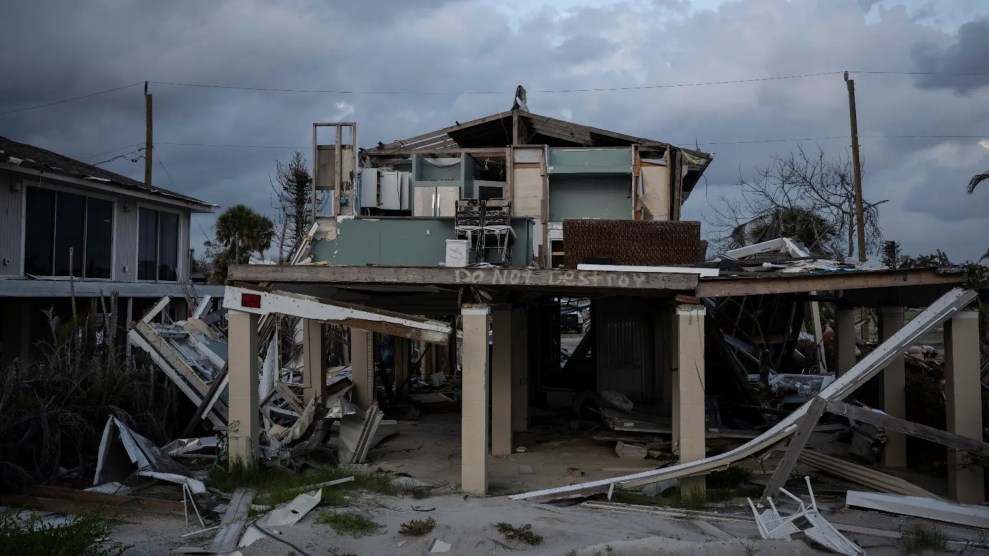A group of engineers at MIT, the Massachusetts Institute of Technology, are looking to reduce greenhouse gas emissions by focusing on the nanostructure of concrete—the world’s most widely used material. As they report In the January issue of the Journal of the Mechanics and Physics of Solids, the production of cement, the primary component of concrete, accounts for 5 to 10 percent of the world’s total carbon dioxide emissions, and is an important contributor to global warming. An MIT press release sums up their work:
The team reports that the source of concrete’s strength and durability lies in the organization of its nanoparticles. The discovery could one day lead to a major reduction in carbon dioxide emissions during manufacturing.
“If everything depends on the organizational structure of the nanoparticles that make up concrete, rather than on the material itself, we can conceivably replace it with a material that has concrete’s other characteristics-strength, durability, mass availability and low cost-but does not release so much CO2 into the atmosphere during manufacture,” said Franz-Josef Ulm, the Esther and Harold E. Edgerton Professor of Civil and Environmental Engineering.
Cement, the oldest engineered construction material, dating back to the Roman Empire, starts out as limestone and clay that are crushed to a powder and heated to a very high temperature (1500 degrees Celsius) in a kiln. At this high temperature, the mineral undergoes a transformation, storing energy in the powder. When the powder is mixed with water, the energy is released into chemical bonds to form the elementary building block of cement, calcium-silicate-hydrate (C-S-H). At the micro level, C-S-H acts as a glue to bind sand and gravel together to create concrete. Most of the carbon dioxide emissions in this manufacturing process result from heating the kiln to a temperature high enough to transfer energy into the powder.
The researchers hope to find or nanoengineer a different mineral to use in cement paste, one that doesn’t require high temperatures during production, cutting carbon dioxide emissions by up to 10 percent. Now that would deserve a Nobel.















